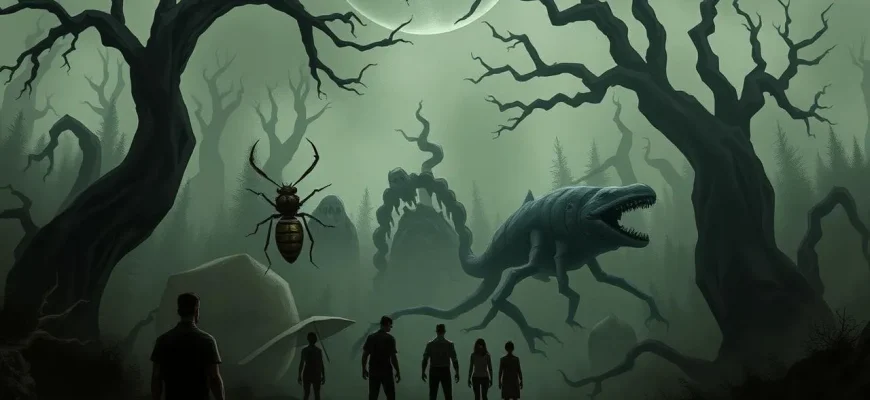In this curated collection, we delve into the chilling subgenre of eco-horror, where the environment itself becomes a source of terror. These films not only entertain but also provoke thought about our relationship with nature and the consequences of ecological neglect. From mutated creatures to apocalyptic scenarios, each film offers a unique perspective on environmental horror, making this list a must-watch for fans of both horror and ecological themes.

The Birds (1963)
Description: Alfred Hitchcock's classic where birds inexplicably attack humans, possibly as a metaphor for nature's revolt against human encroachment.
Fact: The film was based on a short story by Daphne du Maurier. Real birds were used in many scenes, leading to numerous injuries among the cast and crew.
 Watch Now
Watch Now
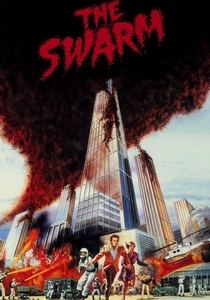
The Swarm (1978)
Description: This film depicts a swarm of killer bees attacking the United States, a scenario that could be seen as nature's response to human activities.
Fact: The film was a box office flop but has since gained a cult following. It was one of the last films directed by Irwin Allen.
 Watch Now
Watch Now
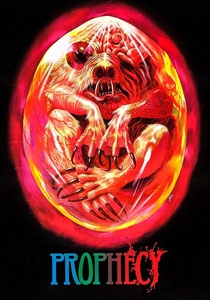
Prophecy (1979)
Description: A horror film where industrial pollution causes mutations in wildlife, leading to deadly encounters with a giant bear, symbolizing nature's wrath.
Fact: The film was one of the first to address environmental issues like pollution and deforestation in a horror context. The bear was created using animatronics.
 Watch Now
Watch Now
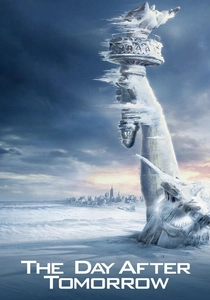
The Day After Tomorrow (2004)
Description: This film explores a sudden global weather shift that triggers a new ice age, showcasing the devastating effects of climate change. It serves as a stark warning about the potential consequences of ignoring environmental issues.
Fact: The film was inspired by the book "The Coming Global Superstorm" by Art Bell and Whitley Strieber. The special effects team used real scientific data to create the weather phenomena.
 Watch Now
Watch Now
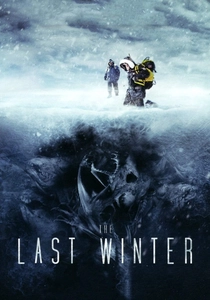
The Last Winter (2006)
Description: This film explores the psychological and supernatural effects of drilling in the Arctic, suggesting that nature might have its own way of fighting back.
Fact: The film was shot in Iceland, providing a stark and isolated setting that enhances the eerie atmosphere. It was well-received at film festivals for its unique take on eco-horror.
 Watch Now
Watch Now
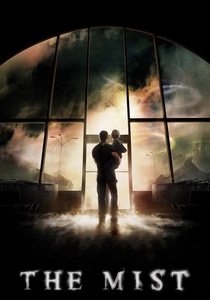
The Mist (2007)
Description: Based on Stephen King's novella, this film features creatures emerging from a mysterious mist, possibly as a result of a military experiment gone wrong, highlighting the unintended consequences of human interference with nature.
Fact: The film's ending differs significantly from the novella, providing a much darker conclusion. Frank Darabont, the director, also wrote the screenplay.
 Watch Now
Watch Now
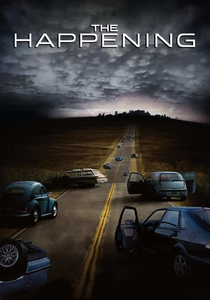
The Happening (2008)
Description: In this M. Night Shyamalan thriller, an inexplicable event causes people to commit suicide, hinting at nature's retaliation against humanity's environmental destruction.
Fact: The film was shot in Philadelphia, with scenes also filmed in Princeton, New Jersey. The ending was changed from the original script to be more ambiguous.
 Watch Now
Watch Now

The Ruins (2008)
Description: Tourists encounter a deadly plant in an ancient Mayan ruin, illustrating nature's hidden dangers when disturbed by human curiosity.
Fact: The film was based on the novel by Scott Smith, who also wrote the screenplay. The plant was designed to be both beautiful and terrifying.
 Watch Now
Watch Now
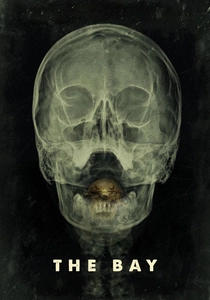
The Bay (2012)
Description: Barry Levinson's found footage horror film about a parasitic outbreak in a small town's water supply, reflecting on the impact of pollution.
Fact: The film uses a mix of real news footage and scripted scenes to create a realistic feel. It was inspired by real-life environmental disasters.
 Watch Now
Watch Now
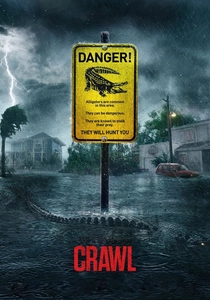
Crawl (2019)
Description: While not directly about ecology, this film features a hurricane-induced flood that releases alligators into a house, showcasing nature's fury when unleashed by human-induced climate change.
Fact: The film was shot in Serbia, using a mix of real alligators and CGI. The director, Alexandre Aja, is known for his horror films with environmental themes.
 Watch Now
Watch Now

